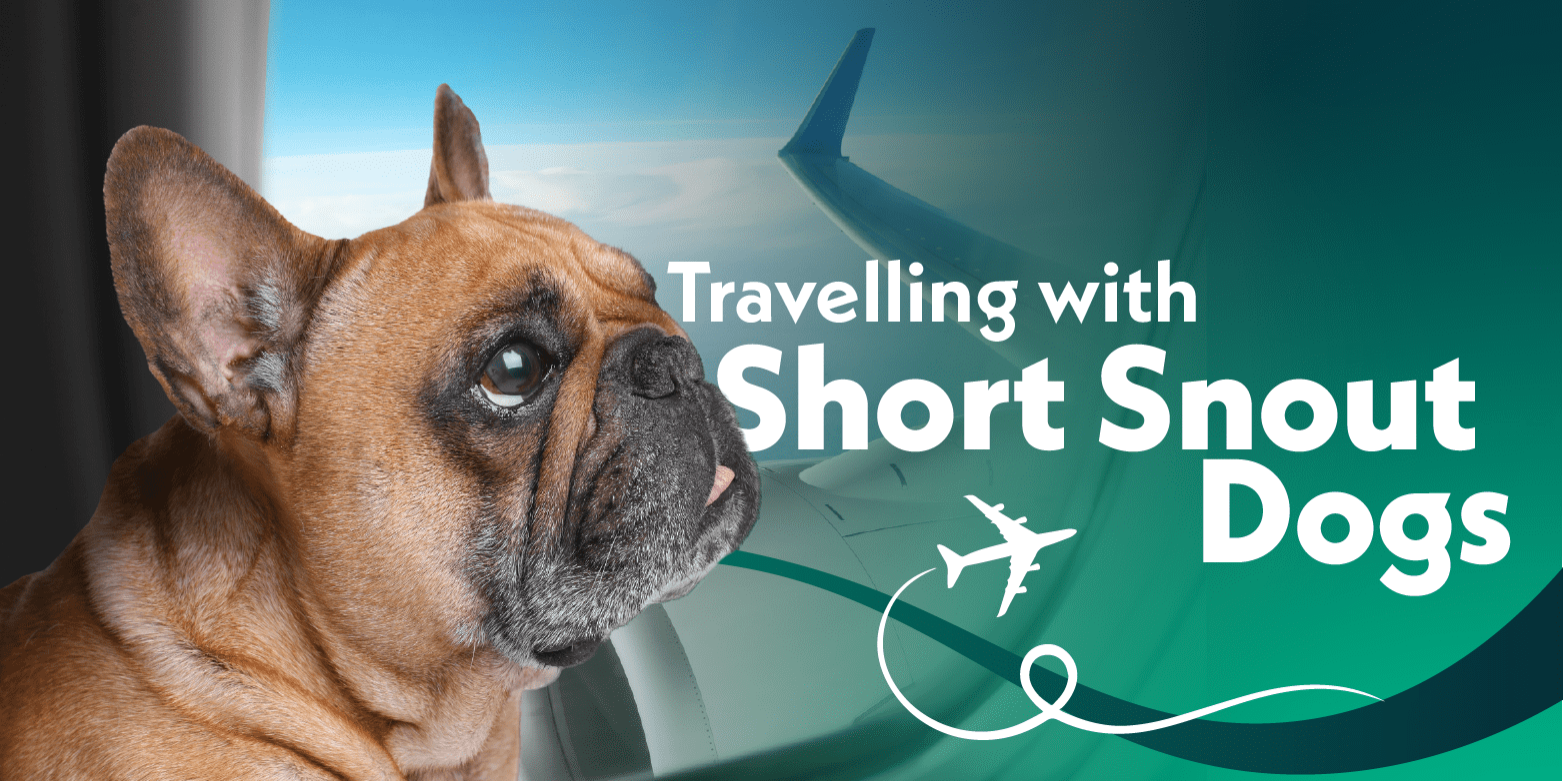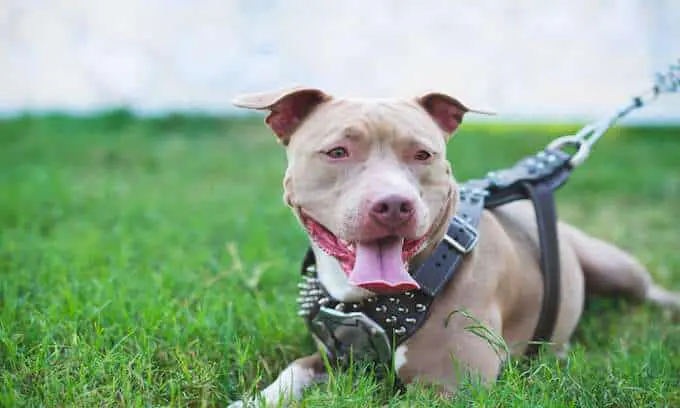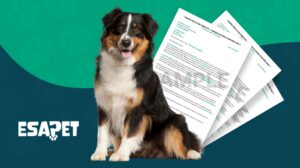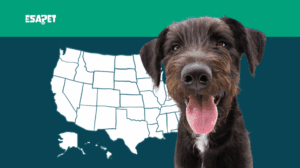Flying with Snub-nosed Dogs | Brachycephalic Breeds Travel Policy in 2026

It’s tough traveling with your pets —especially when you want to travel with short snout dogs like French bulldogs, pugs, and pit bull terriers. As of 2021, the Air Carrier Access Act (ACAA) no longer requires airlines to accommodate ESAs or accept ESA letters, and most of the companies don’t accept brachycephalic dog breeds on their flights. The short snout breed is at a higher risk when flying than another normal breed.
It can be a major inconvenience if you have to seek alternative flight arrangements for your pup. You should know it will be hard if you want to carry on or relocate with your short snout dog (like Mastiffs, Boxers, Pekingese, Bulldogs, Pugs, or Boston terriers).
Traveling With Snub-nosed Dogs
Flying with short snout dogs is tough. Pet owners have a common misconception that all dogs can fly on commercial flights. However, some airlines don’t accept brachycephalic breeds on their flights.
These airlines have stopped flying short snout dog breeds after several incidents with this type of dog. It’s become quite common for airlines to refuse to let owners fly with their pets because of the risk involved. So if you want to carry on, you may need to look for alternative ways to fly your pup.
What are Short Snout Dogs?
The term “brachycephalic” refers to the shape of the head of a dog breed. Short snout dogs have shorter noses than normal breeds. They may also have smaller nostril openings and narrower windpipes than other breeds of dogs. This makes it harder for them to breathe when stressed or excited by an activity like flying in an airplane cabin or during a car ride.
Most people breed brachycephalic breeds for physical characteristics that make them look attractive. However, this has come at the cost of creating health problems in this breed.
Brachycephalic dogs have shorter muzzles, so they can’t pant as effectively as other dogs in hot weather conditions. This makes them more susceptible to heatstroke on long journeys by air or road, which can lead to death.
Brachycephalic breeds have shorter skulls and noses; they tend to have large heads and small airways. The most common examples include
- Pugs
- Bulldogs
- Boston Terriers
- French Bulldogs
- Shih Tzus
- Cavalier King Charles Spaniels
- Lhasa Apso
- Boxers
- Mastiffs
- Brussels Griffons
- Dachshunds
Why Can’t Short Snout Dog Breeds Fly?
The main reason why some airline policies don’t allow short snout dogs is because they have breathing difficulties on planes. The pressurized air inside the cabin keeps it at a comfortable level for humans. However, this pressure can be dangerous for brachycephalic breeds with flat faces and small nostrils. Increased pressure inside the cabin can cause swelling in their noses, making it difficult to breathe correctly.
Short snout dogs have breathing difficulties that make it risky for them to fly in the cabin of an airplane. They can’t tolerate the changes in air pressure during takeoff and landing.
The nostrils of these pets often close together, and their tongues are large, making it hard for them to pant normally and cool themselves down. These animals tend to overheat quickly and are more susceptible to heatstroke. Due to these risks, many airlines have restrictions on which breeds they accept as passengers on flights.
Airlines Have Stopped Flying Short Snout Dogs
The airline industry has been under pressure to stop flying brachycephalic dogs due to the health risks they pose on planes. The American Kennel Club (AKC) indicates that airlines can place these dogs in cargo holds because they are susceptible to heatstroke, skin infections, and respiratory issues at high altitudes.
Most airlines have stopped allowing brachycephalic dogs to fly altogether, while others charge a higher pet travel fee. Some airlines will charge extra fees for transporting brachycephalic dogs in cargo areas due to the increased risk of respiratory problems during flight travel conditions.
Flying in a cabin can be the safest way for your short snout dog to fly. Air carriers that allow flying short snouts, let the dogs fly in-cabin or on cargo. In this case, your dog must meet the airline’s pet in-cabin accessibility guidelines.
The Risks of Flying Short Snout Dogs
Unlike cats, flying with a short snout dog can be trickier. There are some health risks involved, so it’s important to know what those are so that you prepare for your trip.
There are many risks involved in flying with short snout dogs. One of the most common risks is respiratory distress. This risk is higher for brachycephalic animals, including Cavalier King Charles Spaniels, Bulldogs, Pekingese, Boxers, Pugs, and Boston Terriers. These dogs have a smaller nasal cavity that makes it harder to breathe at high altitudes or during air travel.
When exposed to low-pressure environments like airplanes or cars, short snort breeds have a smaller trachea that narrows even more. The lowered blood oxygen levels often lead to hypoxia (or lack of oxygen) which can cause pain and even death if left untreated.
The stress of flying can also lead to motion sickness in dogs prone to this condition, including most short snout dogs! Because of this, avoid giving them any food or water before boarding because it may make things worse for them during takeoff and landing.
Unlike cats or other dog breeds, these pets have a higher risk of suffering from respiratory problems and other health issues. The associated health risks of flying with short snout dogs include:
- Collapsing trachea is when the windpipe gets inflamed and causes coughing, gagging, and respiratory distress. It can be fatal in extreme cases
- Breathing difficulties are because these dogs get stressed when forced to be in closed spaces like cars or planes. This can cause them to pant heavily, which affects their breathing pattern
- Heatstroke – your dog will be more at risk than others if left in the car for long periods during hot weather. Even though it’s not as common for short snout dogs to have heat stroke, it does happen sometimes, and you should be aware of the associated health risks of traveling with short snout dogs in extreme temperatures with your pet carrier
Minimize the Risk With A Bigger Travel Crate
The good news is that some airlines will allow larger size crates for brachycephalic dogs. This gives them more room to breathe and less chance of overheating while they’re in transit.
You will need an airline-approved flight crate that is mostly one size larger, usually 10 cm larger than the animal. The bigger flight crate will help minimize the risks of flying short snout dogs. If you’re planning to travel with your pet, it’s essential to know what airline carrier they will need.
The carry on will give your pet more room to breathe comfortably on their journey. If you’re planning on taking multiple short-snouted dogs at once (say two pugs), bring along two large crates instead of one small one!
The safest way to fly with a short-nosed dog is by renting an extra-large crate that allows plenty of room for movement. The large pet carrier will also help the dog not cramp during the flight.
What If My Airline Won’t Take My Short-Nosed Dogs?
If you have a short snout dog and your airline won’t take them on board because of their size or health problems, you may have to find another way to get them home safely.
You should check with a carry on before making any plans as they have different rules regarding these dogs than others. It’s best to check with the airline about their policy for carrying small dogs before making a reservation.
Other options are available when flying with dogs, and your airline won’t take them. You can take your dog on a cargo transport or ship it with firms like American Airlines Cargo.
Short-nosed dogs are wonderful pets who can make great travel companions, too. Some air carriers refuse to transport certain pets due to health concerns, while others don’t want the hassle. However, there are ways around this hurdle to ensure your pet will get where he needs to go with minimal issues!
Make Use of Pet Transport Companies
If your airline doesn’t take your short-nosed dog, options are still available. Your pet can travel with the help of a pet transport company that specializes in pets with short snouts dogs. The company will ensure they complete all the proper paperwork and health certificates before leaving for your trip. They will also arrange for transportation from your home to the airport and back again when you return home from vacation or a business trip.
Tips For Flying With Short Snout Dogs
You need to take specific steps when traveling with your pets, like cats or dogs. It would be best to prepare before taking short snout dogs on a flight. You should know how big the travel crate needs to be and what information you will need from the vet (if required). You should also know if there are any restrictions on where you can fly with your pet, like China or Australia.
You should also check with the airline about their pet fees and policies since some airlines charge more for pets than others. Also, ensure that your pet has all their vaccinations up-to-date, just in case the airline needs any additional documentation when you arrive at the airport or fly internationally.
You may also want to check with the airline about their policy if your dog gets sick during the flight or becomes ill after landing at your destination. If the airline does not allow brachycephalic dogs on its flights, it’s best to consider other alternatives, such as hiring a pet transport company.
Make sure your animal is healthy enough to fly. The American Kennel Club advises that your vet might need to give him a physical exam before he can fly with you. Call ahead and schedule an appointment around your flight date if required. You also want to ensure that the animal hasn’t had any recent illnesses or injuries that could cause trouble during travel.
Frequently Asked Questions About Traveling With Short Snout Dogs
Why Are These Dog Breeds More Prone to Respiratory Problems?
Breeds with short snouts, such as bulldogs and pugs, are more prone to respiratory problems because of how their breathing works. They have narrowed nostrils that are small and close together, making it harder to breathe.
What Kinds of Respiratory Problems Can These Breeds Have?
Snub-nosed dogs can have trouble breathing when they exercise or if they get too hot or too cold. They may also have problems with allergies if they’re allergic to something in their environment.
How Do You Transport a Snub-nosed Dog?
If you plan to transport your snub-nosed dog in the car, it is best to use a crate with air vents and a soft bed. Make sure that the box is large enough so that the dog can stretch out comfortably but not too big so that it has room to turn around in. Also, make sure that you have a harness or seat belt for your pup so that they will be secure during transport.
Can a Pet Transport Company Help?
Yes! Several pet transport companies specialize in moving short-nosed dogs around the world safely and efficiently. They will be able to help you find affordable options for getting your pet from point A to B without hassles or surprises.
Flying Your Short Snout Dog Is Our Speciality!
Flying with dogs can be a hassle. It’s tough to find an airline that accepts them and even tougher to find one that will allow you to fly your short-snout dog in-cabin.
If your airline doesn’t accept your short snout dog, you can try contacting a pet transport company.






